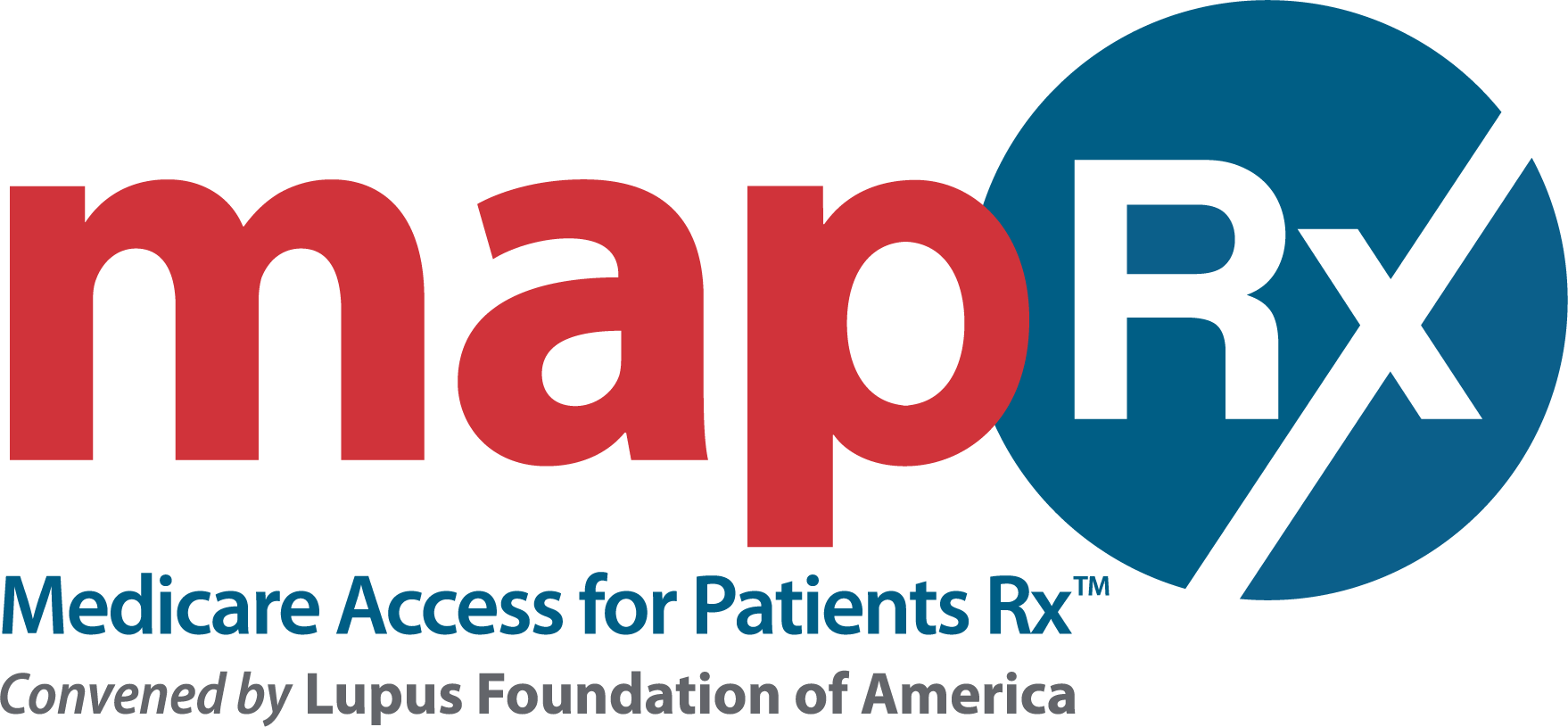MAPRx releases new report examining Medicare Part D’s access and affordability challenges
Study Finds Popular Prescription Drug Benefit Program Poses Significant Challenges to Beneficiaries
A new report released today on Medicare Part D found the program is as popular and robust as ever, but poses significant challenges to beneficiaries that result in increased out-of-pocket costs and limited access for millions of beneficiaries. The study, “Navigating Medicare Part D: Approaches to Addressing Beneficiary Affordability and Access Challenges,” was commissioned by Medicare Access for Patients Rx (MAPRx), a coalition consisting of more than 55 patient, family caregiver, and health professional organizations committed to strengthening and protecting Medicare Part D.
“This report makes it clear that Part D needs to be strengthened. Policymakers should work toward solutions that address out-of-pocket costs and access,” said Stevan W. Gibson, president and CEO of the Lupus Foundation of America, which founded the MAPRx coalition in 2005. “There is a lot of work still to be done to improve Medicare Part D for our seniors and those living with chronic conditions like lupus. We look forward to improving the program now and in the years to come.”
The report makes the case that recently enacted and proposed policies erode beneficiary protections in favor of health plan flexibility, and outlines a number of program features that hinder beneficiaries’ ability to appropriately access needed prescription drugs. The MAPRx coalition calls on the Administration and Congress to address a number of challenges facing Part D beneficiaries, including:
• Increased out-of-pocket costs, including a shift to coinsurance (beneficiaries pay a percentage of the cost of the prescription versus a fixed copay), which can significantly increase out of pocket costs.
• Lack of an annual out of pocket (OOP) cap on costs to beneficiaries – unlike other insurance, both public and commercial, there is no limit on what beneficiaries may be required to pay for their prescription drugs throughout the year.
• An out-of-pocket cliff, which if not addressed by Congress early in 2019, will result in beneficiaries paying $1,200 more out of pocket in 2020 before reaching the catastrophic coverage phase of the benefit. This cliff will increase the catastrophic threshold from $5,100 in 2019 to $6,350 in 2020.
• Failure to pass along manufacturer rebates to beneficiaries at the point of sale, which currently prevents patients with prescription drug needs from benefiting from reduced drug prices negotiated by manufacturers and health plans.
• Adverse tiering for chronically ill beneficiaries, such as utilization of specialty tiers that entail high cost sharing for Medicare beneficiaries (as much as 33%) who rely on drugs for multiple sclerosis, rheumatoid arthritis, multiple myeloma and many other conditions.
• Restrictions on the ability of beneficiaries to request specialty tier exceptions and the usage of non-preferred brand tiers.
• Utilization management practices, such as step therapy that require a patient to first take a drug (and fail on that drug) before moving to taking the drug originally prescribed by their doctor.
• Lack of easy-to-navigate resources explaining plan options and patient opportunities to submit appeals and exceptions.
• Narrow formularies that have fewer prescription drug options for low-income subsidy beneficiaries.
In addition to releasing the report, MAPRx is calling on Congress and the Administration to address the challenges facing Part D by enacting solutions proposed in this paper.
Click here to download the report.

